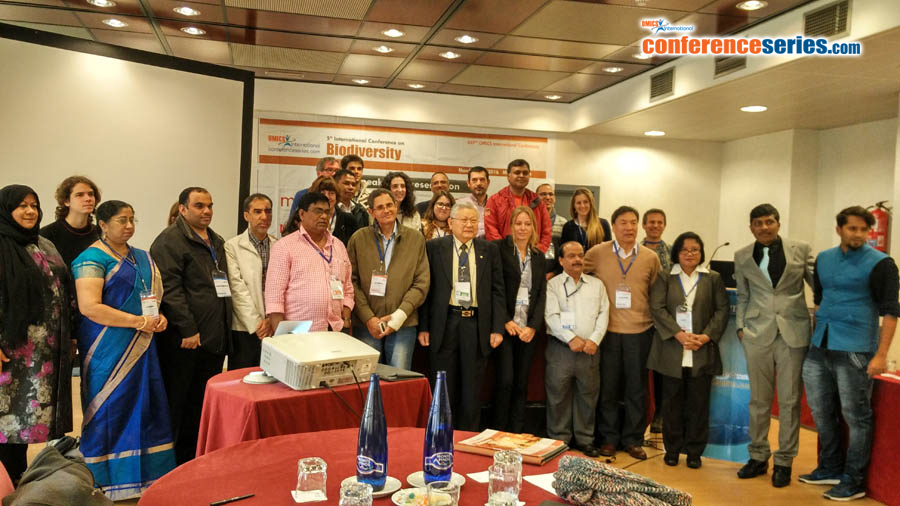MarÃa del Pilar de Arana
Complutense University of Madrid, Spain
Title: Haplotype variation and evolution in equine sex chromosome sequences
Biography
Biography: MarÃa del Pilar de Arana
Abstract
Domestic animals are nowadays accepted as important contributors to biodiversity. Within this context, DNA markers have proved to be useful tools. Molecular diversity studies are strongly biased towards mitochondrial sequences, however, these do not represent the whole evolutionary and genealogical history of a species. Among nuclear sequences, those located on the differential segment of sex chromosomes overcome the technical disadvantages of diploid sequences, since certain regions are present in a single dose in XY males. Sex chromosomes sequences supply valuable data on the evolution of the taxonomic groups, on the impact of domestication, and on the effect of reproductive strategies. Orthologous sequences of the X and Y chromosomes of the horse, the domestic donkey and the Somali wild ass were analysed by chromosome specific amplification of fragments of the amelogenin and zinc finger protein genes. In general, these sequences showed low variability levels. The Y chromosomes showed no intraspecific variability. Two SNPs were found in the AmelX gene of horses, defining three haplotypes, none of them breed exclusive; no variation was found in the corresponding sequence of donkeys. Mitochondrial donkey sequences were analyzed to check for an overall decrease in variability, though no significant reduction was found. Equus caballus Y and X chromosomes show the highest similarity with E. przewalskii. E. asinus Y and X amelogenin sequences show one difference each with respect to those of E. africanus somalicus; donkey ZfY sequence coincides with those of Somali and Asiatic wild asses, E. a. somalicus and E. hemionus



